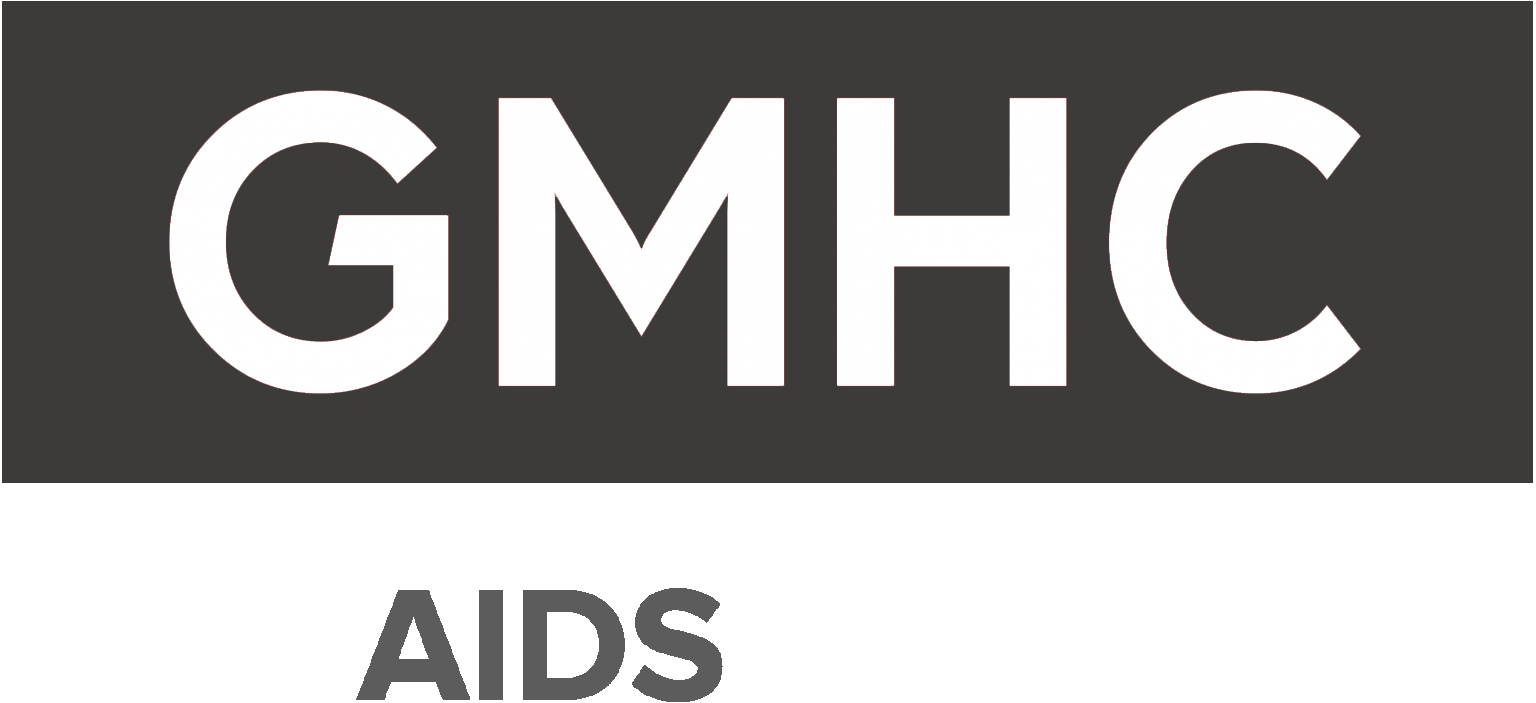Quick Facts
What’s Blood Equality all about? Learn the quick facts about the gay blood ban so you can stand up for science, not stigma.
It sure sounds like exciting news - the FDA has “lifted the ban” on gay and bisexual men donating blood. But when you look closer, is it truly EQUALITY yet?
Men on PrEP are still deferred. People who have had anal sex with more than one partner in the last 3 months - even with condoms? Still deferred.
In theory, shifting to a risk-based assessment where all donors are asked the same questions should be applauded. However, the nature of the questions end up discriminating against men who have sex with men.
The FDA has continued to evolve its policies to make many more gay and bi men eligible to donate. But many are STILL EXCLUDED, including hundreds of thousands of people on PrEP.
We are encouraged but we're not there yet. We call on the FDA to allow science to drive decision-makers to evaluate and update the policies that will eventually afford everyone the same right to donate. Without stigma. Without bias.
PrEP dataThe FDA has determined this to be their measure to assess risk and protect the blood supply.
Learn more:
Yes, today many more gay and bi men are now eligible to donate blood. HOWEVER, many are still prevented from donating. People on PrEP are still deferred. People who have had anal sex with more than one partner in the last 3 months - even with condoms? Still deferred.
- Every sample of blood is screened using 2 different tests to help ensure the blood is safe
- Tests now allow for detection of HIV within 7 to 10 days of infection (according to the American Red Cross). This “window period” is how long it takes before donation for the virus to develop in a person’s blood at levels detectable by current tests. With the window being 7-10 days, there is no reason for a 1-year deferral
Learn more:
- The Nucleic Acid Test (NAT) is used to test most blood donations in the US and is highly accurate, detecting HIV within just a few days of infection. Yet there is still a 1-year ban
- NAT detects viral genes themselves, rather than antibodies or viral proteins, allowing for earlier detection
- With this sophisticated testing, the FDA estimates the risk of HIV infection from a blood transfusion at about 1 in 1.47 million
- Blood Equality is actively committed to a blood donation policy based on science, not stigma. Starting in 2015, we have organized several events and public discussions, including:
- A series of exhibitions and programs presented in part by the University of Alabama at Birmingham in collaboration with community partners
- An expert panel at American University
- A press conference on the steps of New York City Hall on World Blood Donor Day
- An awareness and art installation event on the High Line in NYC
- Park and city installations to raise awareness
- We also host Blood Equality Medical Advisory Boards (hosted in conjunction with GMHC) to evaluate the current MSM blood donation policy and to urge the FDA to further revise the current policy. Experts on blood donation policies, HIV, and blood safety along with LGBT advocates convene periodically to provide updates and discuss progress. If you would like to be involved in this effort, please contact us
Learn more:



